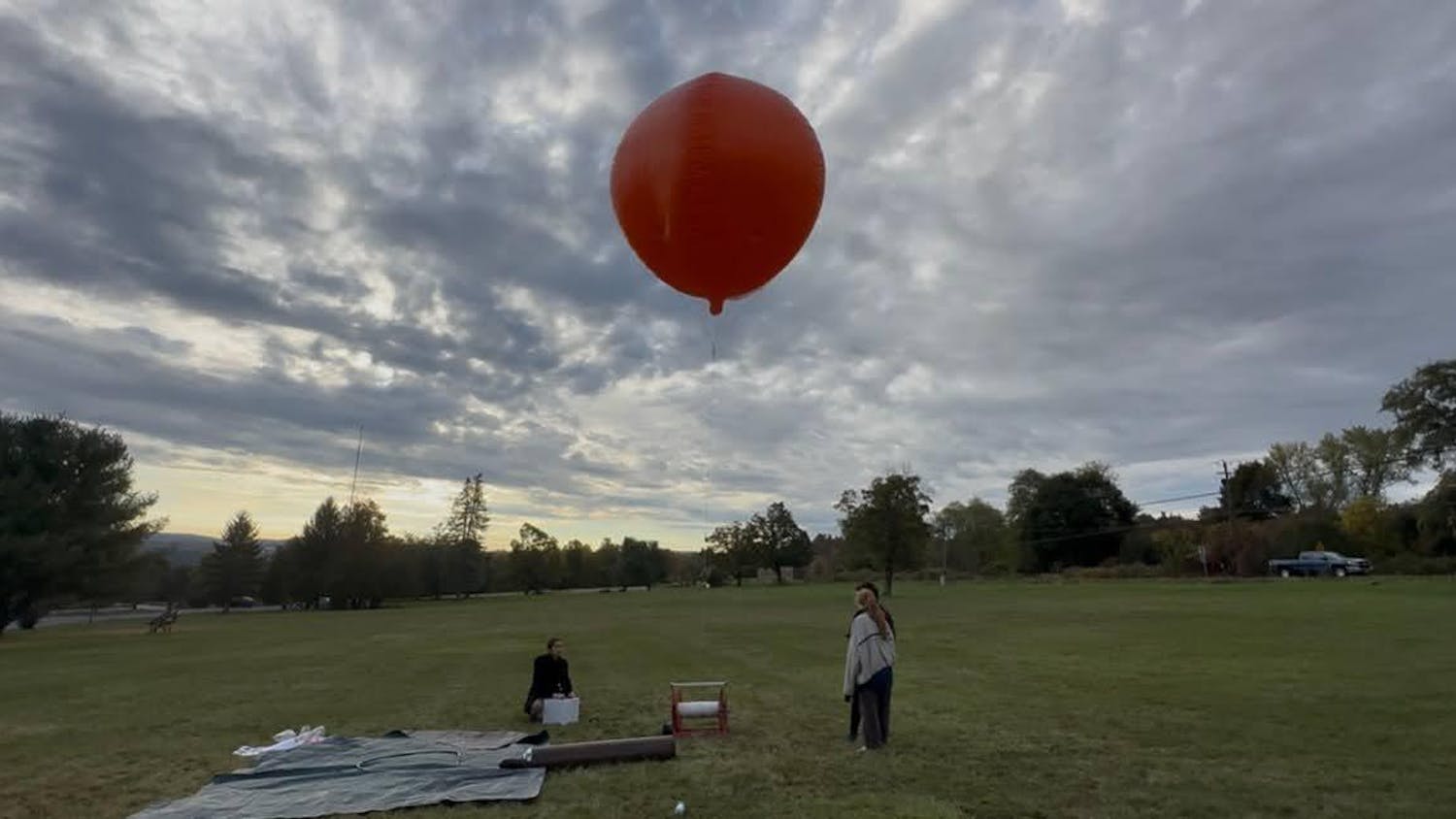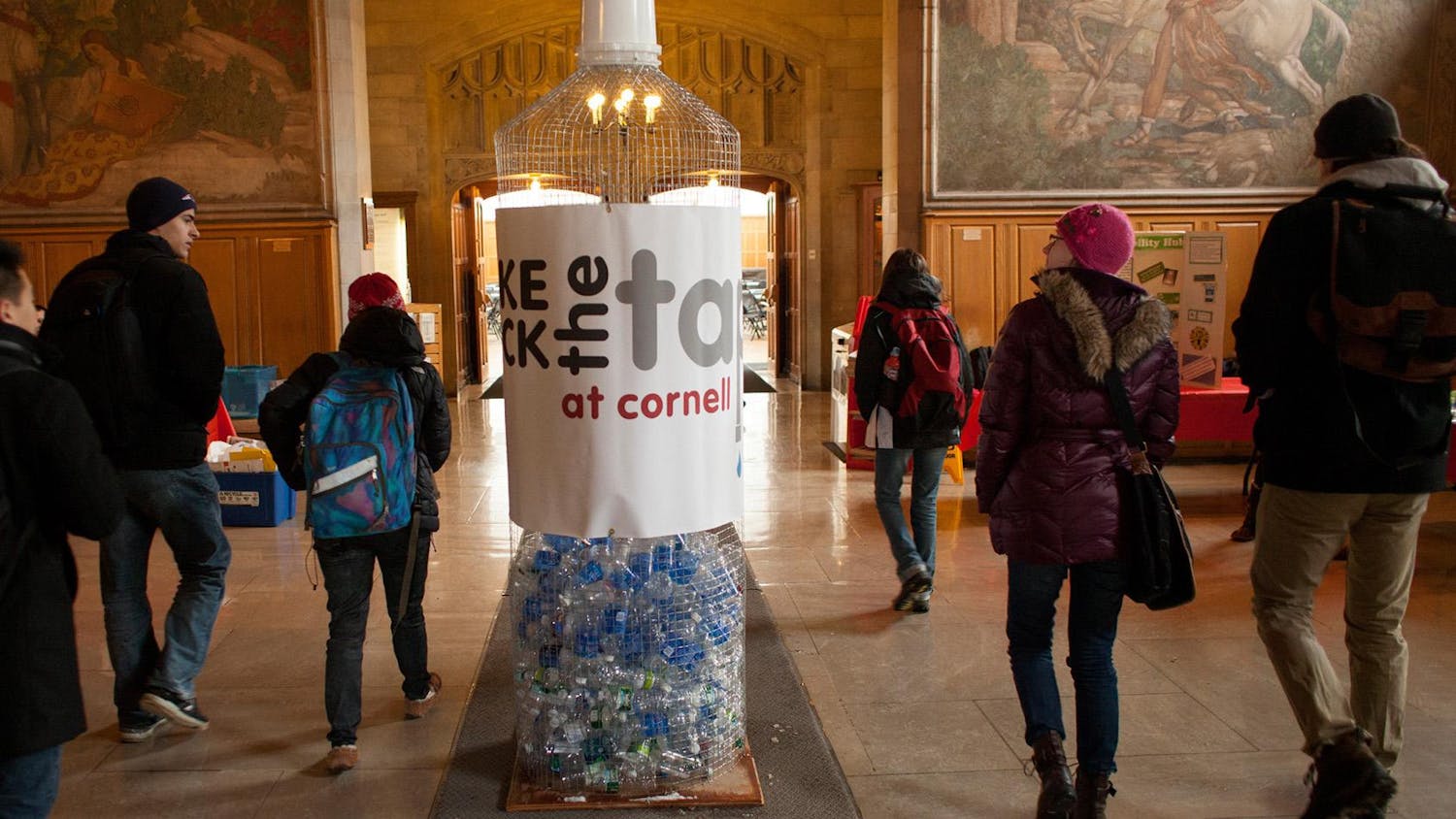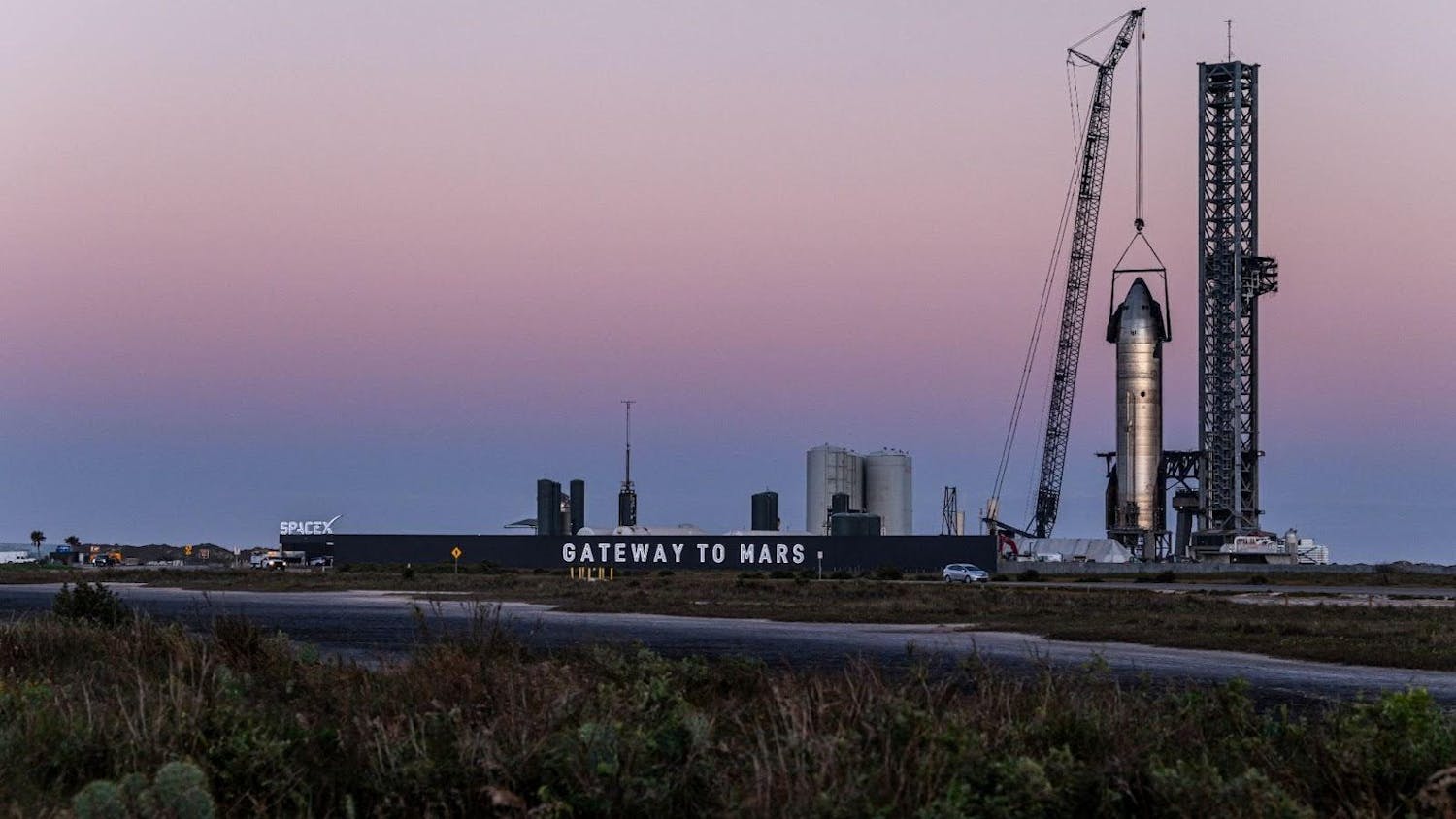By TYLER ALICEA Last week, the University announced Eduardo Peñalver ’94 will serve as the next dean of Cornell Law School. Over 20 years ago, however, University administrators were considering suspending Peñalver. In November 1993, Peñalver was a leader of a four-day occupation of Day Hall, which resulted in two reported confrontations with Cornell police, The Sun previously reported. While suspension charges were dropped against Peñalver and other student protesters, this was not the only time Peñalver — who was president of La Asociación Latina — voiced his concerns against the University through a variety of rallies and protests. Protesters occupying Day Hall in November 1993 cheer on ralliers who have come to show support for their cause outside of the building. (SCANNED FROM THE NOV. 22, 1993 ISSUES OF THE CORNELL DAILY SUN) A student explains methods of passive resistance to protesters sitting in the intersection of Tower Road and East Avenue on Nov. 23, 1993. (SCANNED FROM THE NOV. 23, 1993 ISSUES OF THE CORNELL DAILY SUN) Future Law School Dean Eduardo Peñalver ’94, pictured in a Nov. 23, 1993 Sun photo, exits the Space Sciences Building after meeting with administrators following that year’s Day Hall takeover (Wyll Pugh / Sun File Photo) During one such rally in February 1994, Peñalver — who was rallying for the creation of a Latino living center on campus just months after the Day Hall takeover — commented on his activism on campus. “So much shit happens at this University, I think I could have a rally every day until the year 2016,” Peñalver said. Takeover of Day Hall On Nov. 19, 1993, over 150 students linked arms across the Arts Quad after artwork in a Hispanic art exhibit on campus was vandalized with racial slurs and a swastika, The New York Times reported in 1993. Students then marched to Day Hall, where they demanded a meeting with administrators outside of Cornell President Frank Rhodes’ office. Students met with Larry Palmer, then vice president for academic programs and campus affairs, who spoke with them for approximately 90 minutes before reaching out to Rhodes, who was in Philadelphia for the 100th Cornell and University of Pennsylvania football game, The Sun reported. Eventually, students gave Palmer a list of demands, which included a request that the University provide a written guarantee that senior administrators would meet Latino student leaders on campus by Nov. 30, 1993 and a condemnation of the defaced artwork. “These are not requests,” Peñalver said to Palmer about the list. “These are demands.” After speaking with Rhodes over the phone, Palmer told students that the president would meet with them in a private meeting on Dec. 3, which was the last day of classes that semester, The Sun reported. Students, however, would not accept the bargain. Ralliers in Day Hall said they would not accept a private meeting and instead said a meeting must be open to the public because they believed administrators would not keep promises made during a closed meeting. What followed was a four-day-long sit-in within the administration building. After Palmer left the building, Cornell Police blocked the entrances of Day Hall and allowed students to leave the building but not enter. Police did not attempt to remove the students from the building, The Sun reported. During the first night of the takeover, students held a candlelight vigil outside of Day Hall in honor of those occupying the building, The Sun reported. Peñalver addressed students from a window on the third floor, where he said he was “happy to see some solidarity.” Crowds outside of Day Hall eventually stormed inside the building, pushing aside an officer who was guarding the entrance, The Sun reported. Later the next day, students stormed the building again and pushed their way through police to get through the entrance of the building. Two officers sustained minor injuries, one of which was a knee injury that hospitalized the one officer. Students inside the building attempted to use use pay phones in Day Hall to contact media outlets; however, Cornell severed all of the phone connections within the building by Saturday morning. The occupation of Day Hall took place until Nov. 22 when administrators agreed to hold a meeting with protest leaders, The Sun reported. Upon exiting the building, the building’s former occupiers were greeted by approximately 250 students. Peñalver said the protesters decided to exit the building because “it would have been counterproductive to remain in the building any longer,” The Sun reported. “This is not the end when we come down,” Peñalver said to students outside of Day Hall when announcing the protesters’ decision to leave the building. “We’re not saying we’re through.” On March 19, 1994, the Board of Trustees approved the creation of a Latino Living Center on campus and in the following August, the center was established on West Campus. In 2000, the Latino Living Center moved to Anna Comstock Hall, where it resides to this day. ‘The People, United, Will Never Be Defeated.’ Peñalver was also involved with other causes during his days as a student. On April 19, 1994 nearly 250 Cornellians and Ithacans commemorated the 25th anniversary of the Willard Straight Hall Takeover — a 36-hour takeover of Willard Straight Hall in 1969 that resulted from racial tensions on campus — by rallying on Ho Plaza, The Sun reported on April 20, 1994. Peñalver, who was the first speaker at the rally, said he was pleased at the attendance of the rally. “I’m glad to see there are a lot of Latinos here commemorating the Straight Takeover because it’s all the same struggle,” he said. Following the rally on Ho Plaza, students marched down College Avenue from the Straight — chanting “The people, united, will never be defeated” — before making their way to the former Christiano’s Pizza on Aurora Street. Just two days before the Willard Straight Takeover anniversary, Peñalver — along with a group of approximately 40 other students — picketed outside of Christiano’s for over five hours, The Sun reported. One student alleged that workers of the pizzeria were forced to work 70 to 80 hours per week and were paid below the minimum wage, The Sun reported. At the time, Peñalver said the student groups present were planning to protests in front of the restaurant until their demands were met or until Christiano’s was driven out of business. “I wonder how good pizza tastes when someone is working for $2 an hour … 16 hour days … 7 days a week,” Peñalver said once the students stopped in front of the pizzeria, which Cornellians were boycotting at the time for alleged unfair labor practices against the restaurant’s employees.
Future Cornell Law Dean Was Leader of ’93 Day Hall Occupation
Reading time: about 7 minutes
Read More










